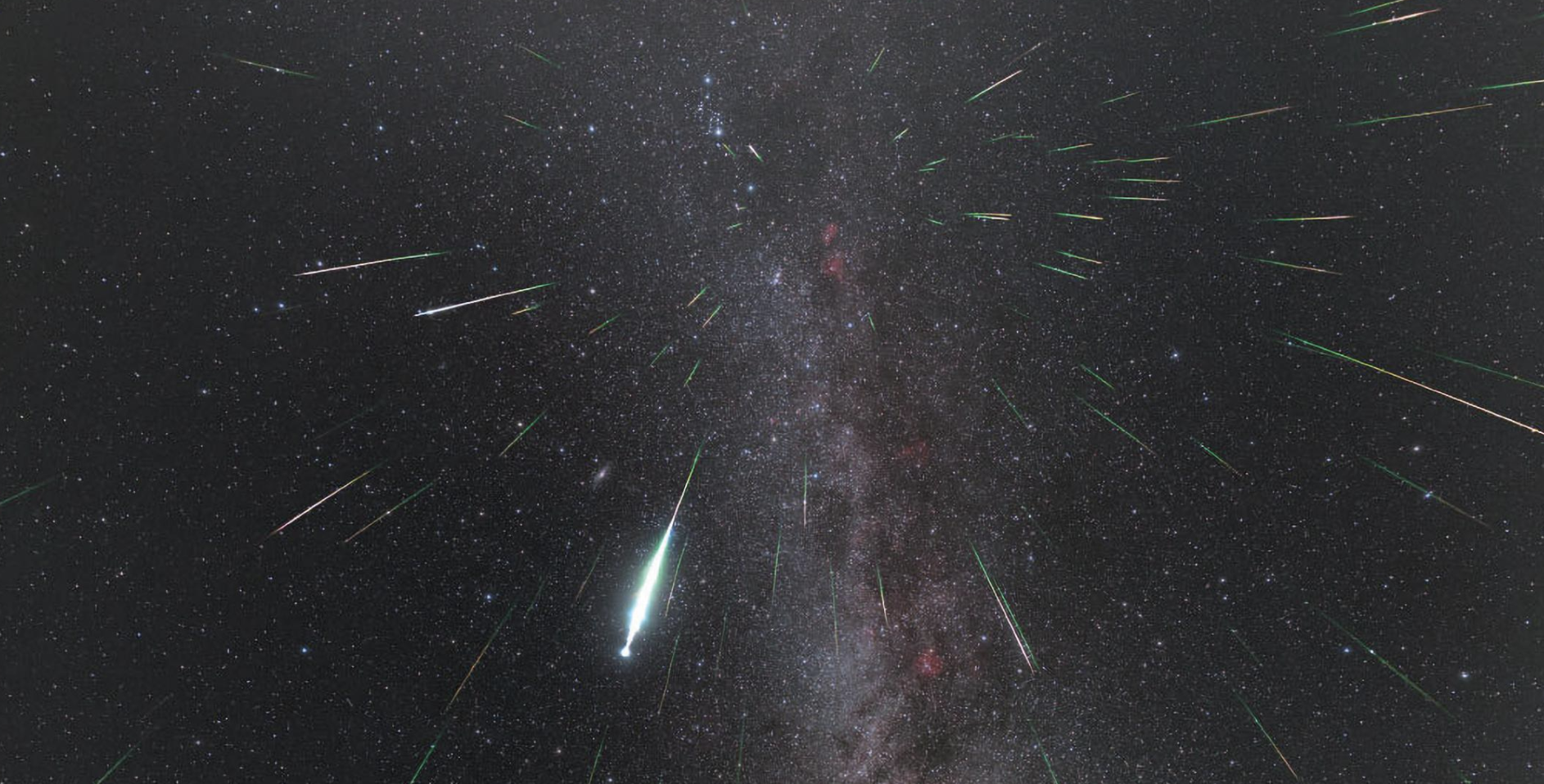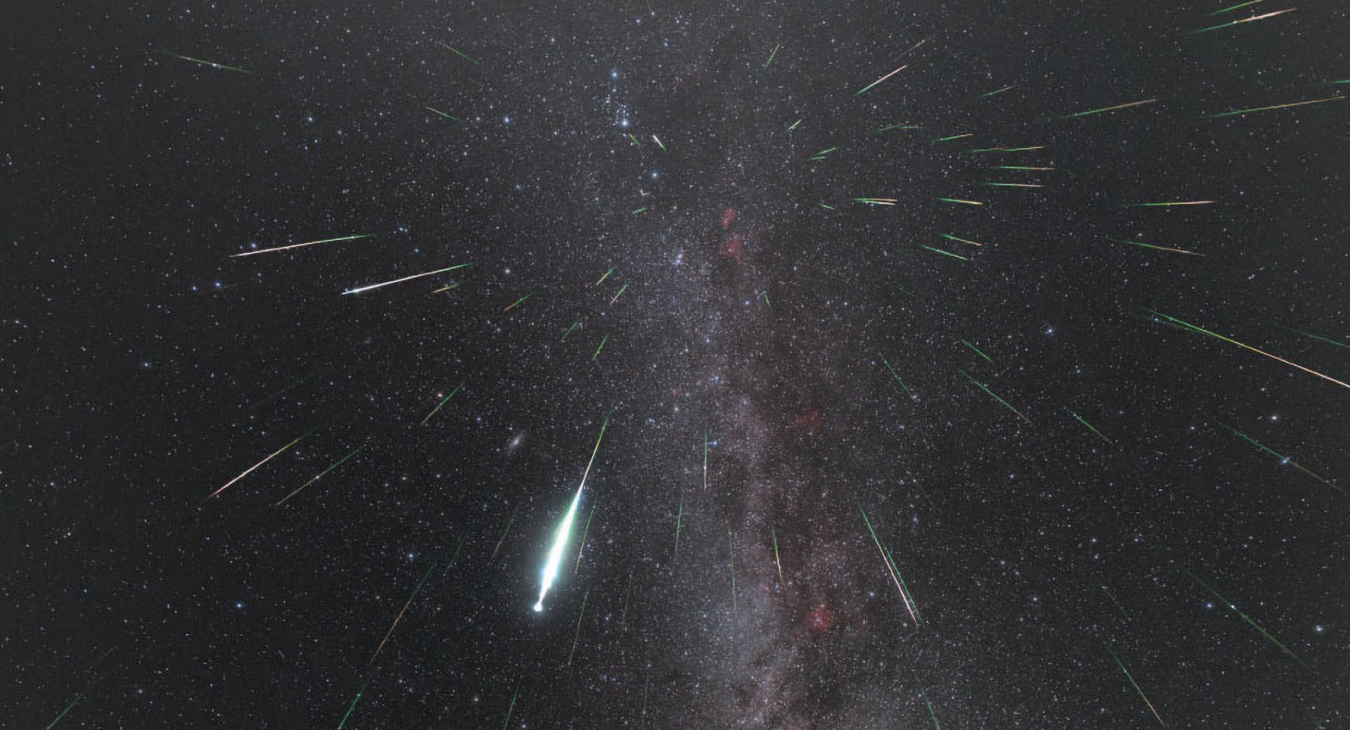Perseids Meteor Shower
By Alan Hale
Slowly but surely, planets are returning to our evening skies. Venus continues its gradual ascent into the western sky, although it remains deep in the dusk throughout August. Meanwhile, Saturn rises in the east by the end of twilight, remaining in the eastern sky until it is highest above the horizon during the midmorning hours. From our perspective on Earth, Saturn’s rings are gradually “closing up” and will be presented edge-on to us next year.
Early in the month, Mars and then Jupiter rise about an hour after midnight. They will be relatively close to each other in the constellation Taurus and will draw closer together as the nights progress. On the morning of August 14, the two worlds will have a close conjunction, after which they will begin drawing apart, with Jupiter now preceding Mars as the earlier riser.
The annual Perseid meteor shower reaches its peak on August 12. The moon, near its first quarter phase, will set around midnight, leaving the morning hours—usually best for meteor-watching—dark and optimal for viewing. Weather permitting, from dark rural sites, viewers may see up to 60 to 100 meteors per hour.
The Perseids are debris from Comet Swift-Tuttle, which has an approximate orbital period of 130 years; it last returned in 1992 and is expected again in 2126. The relationship between Swift-Tuttle and the Perseid meteors was the first such relationship to be proven, demonstrated by the Italian astronomer Giovanni Schiaparelli following the comet’s return in 1862.
The “recurrent nova” T Coronae Borealis, mentioned here three months ago, still has not erupted as of the beginning of July. However, the possibility of it doing so within the near future remains strong. In August, the constellation Corona Borealis is conveniently located high up in the northwestern sky during the evening hours.


